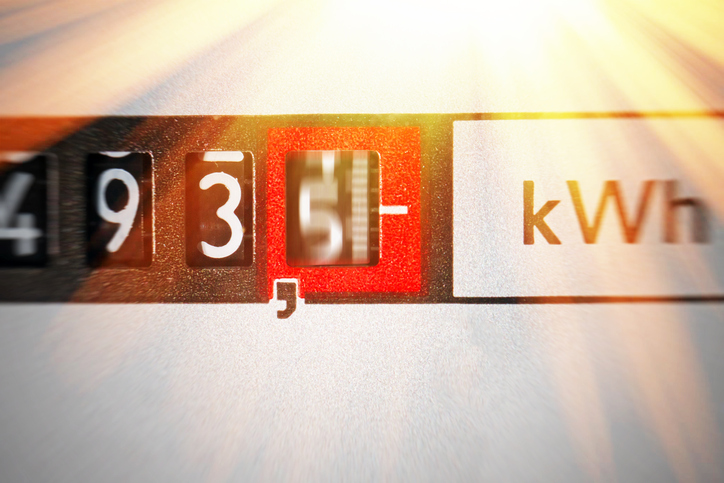It was recently announced that Tesla and the South Australian government will embark on an ambitious project to install solar panels on 50,000 homes and link their batteries together, creating a virtual, decentralized power plant. This decentralized approach to storing solar energy would equip each building with a 5kW solar panel and a 13.5kWh Tesla battery.
Installation is already under way in more than 1,000 public housing facilities in the area, with rollout to another 24,000 public housing properties if the initial push is successful. This would be followed by private installation on a case-by-case basis for up to 25,000 households. The plan would be power the homes as needed and send excess energy back onto the grid, generating up to 250MW in total, which equates to a small coal-powered plant.
Energy consumption for the buildings where the panels are installed would function just as a normal public utility, albeit at estimated lower costs of up to 30 percent. The bigger benefit comes in the electric grid’s ability to segment and disconnect itself during blackouts. The southern region of Australia has seen many blackouts in recent years due to storms and intense heat, and the solar grid will be built with the ability to disconnect each building from the existing grid and send power back to the household(s) affected by the blackout.
This sort of virtual power plant approach isn’t entirely new. Companies in the United States and Germany (Florida Power and Light and Sonnen, respectively) have been working to create decentralized networks of batteries in buildings, and Tesla itself has been working in Vermont on a similar deal to this Australian project. Audi has also planned to try this approach on a small scale.
The massive project can definitely be seen as a push for Tesla to expand their business footprint beyond vehicles in light of delays in production of their Model 3 consumer car. What do you think of the concept of a decentralized, “virtual” approach to power distribution and consumption? Let us know in the comments below.
